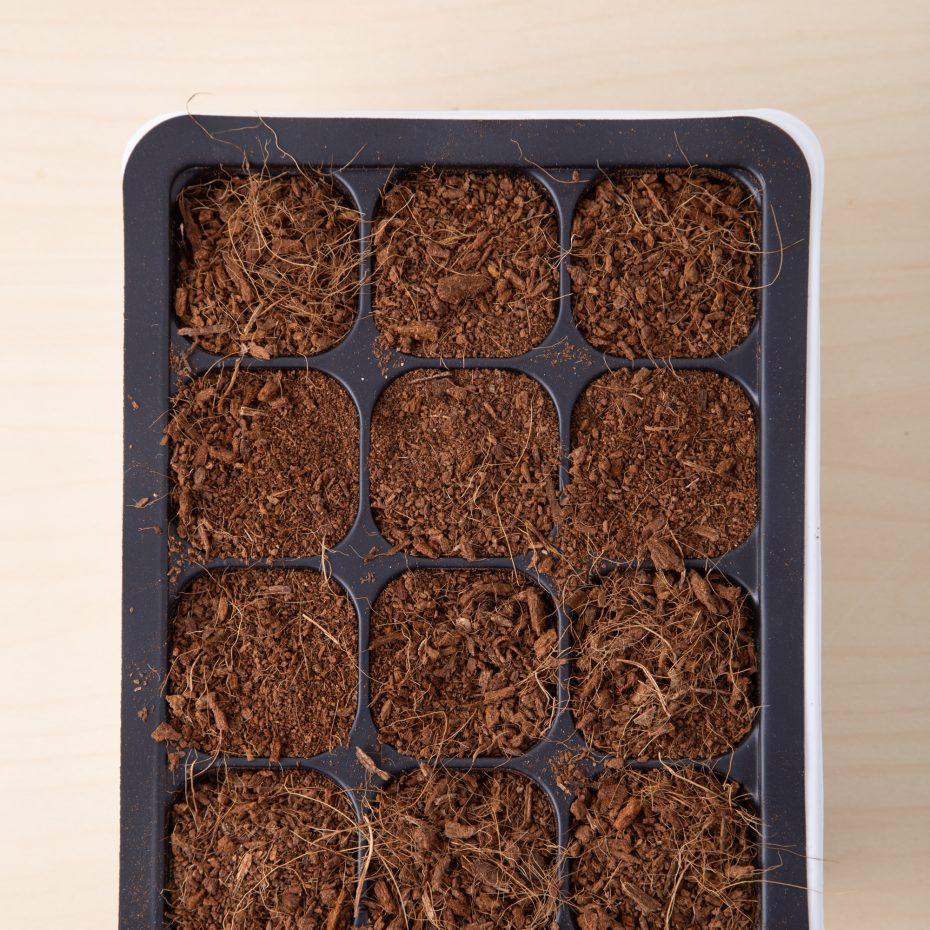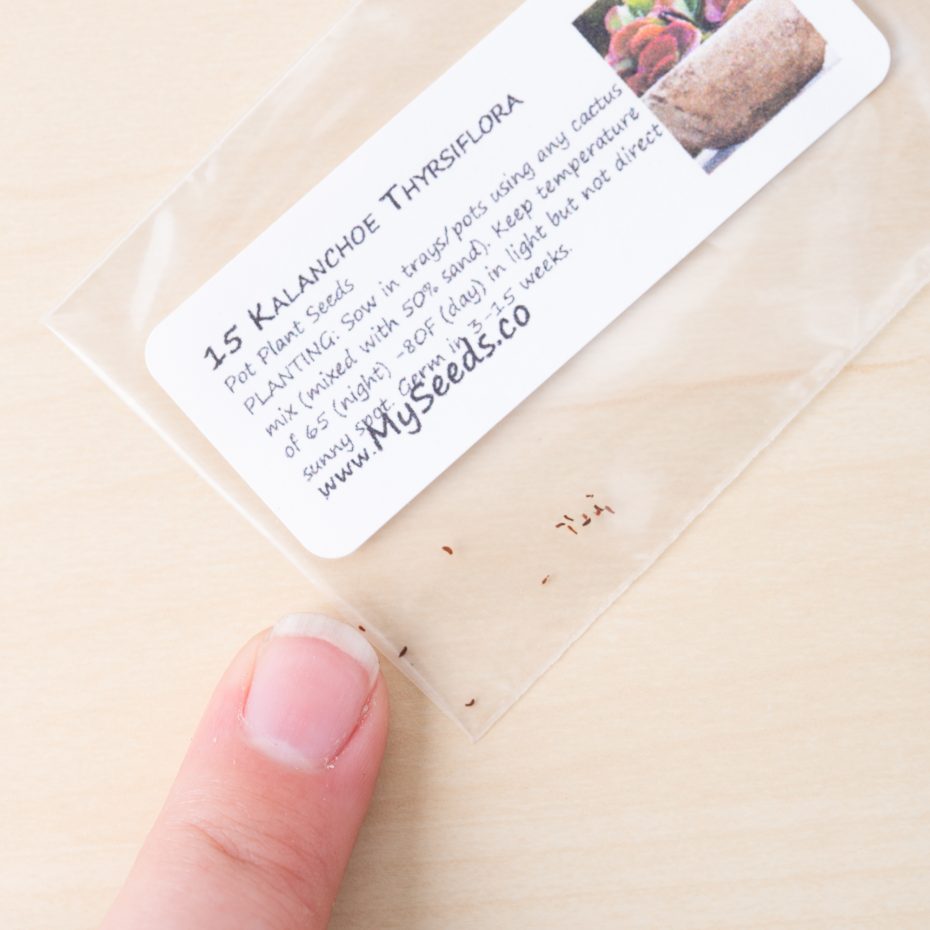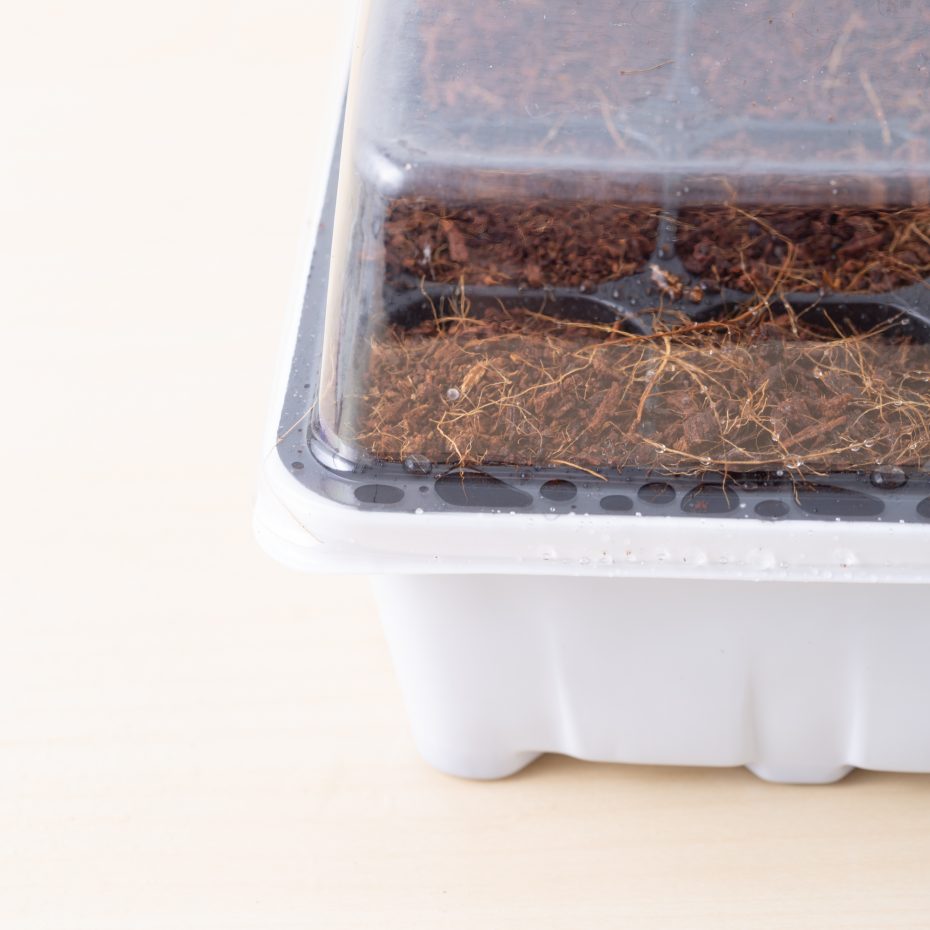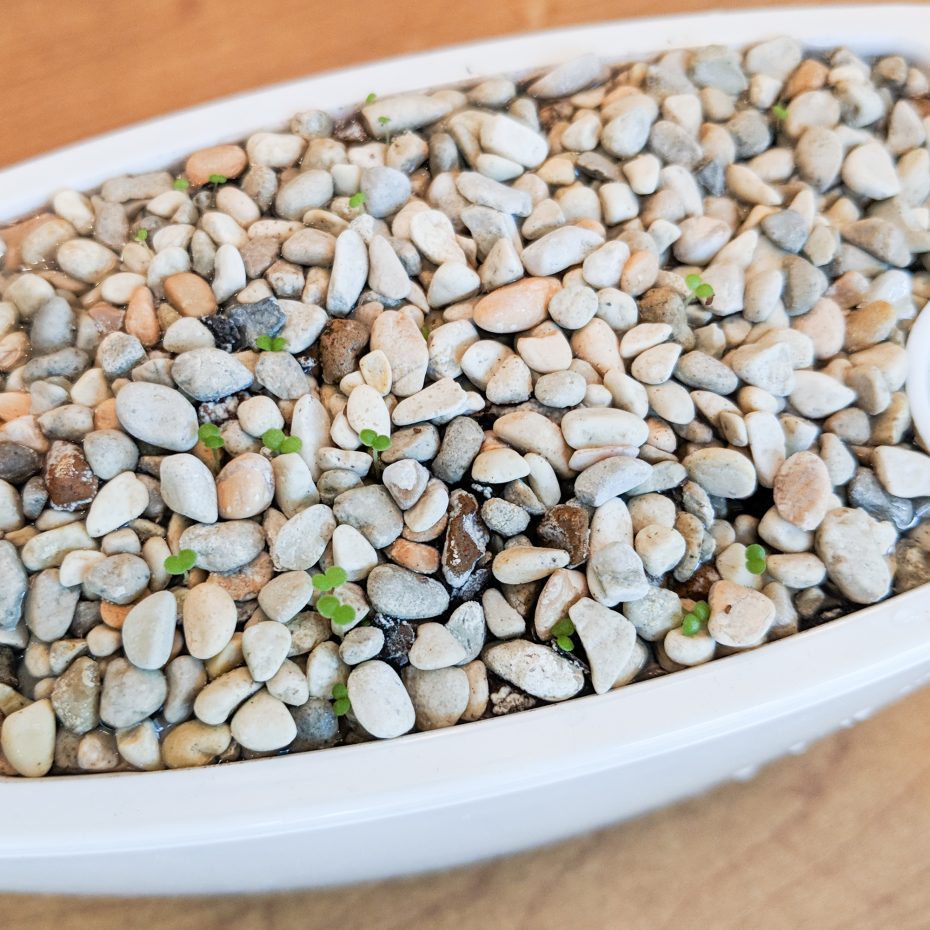The Hardest and Cheapest Way to Grow More Succulents
When you think of growing succulents, most people picture buying an already grown plant at the store. Even the growers tend to propagate most of their succulents from cuttings, a quick and easy way to get more plants.
And yet, some people take the longest, hardest route possible... growing succulents from seeds.
Succulent seeds are tiny! But if you're up for a challenge, you can definitely get a lot of succulents for a very low price, especially for rare succulents. It's the cheapest way to get lots of plants, though it does take some patience.
While growing succulents from seed isn't dramatically different from other plants, there are a few things that will ensure you have some success. Below you'll find tips to get you started on the right foot with propagating succulents from seed.
Buy Good Seeds
It should go without saying, but buying seeds from a reputable source will make a huge difference. A lot of succulent seeds look like dust or dirt so they can easily be mistaken for something else.
My favorite source for succulent seeds is a shop on Etsy called Walawala Studio. They have large variety of seeds, including some more rare species, and the quality of seeds is top notch.
There are other sellers on Amazon and Etsy that also sell great seeds. Just make sure you look through reviews before you make a purchase. While succulent seeds are not very expensive, it will take some time to figure out if they are what they say.
So, do your homework and buy from a good source!
Supplies
You don't need much to get started. All you'll need is:
How to plant succulent seeds
Since succulent seeds are so small, make sure you are very careful, have clean hands and a clean workspace before planting. Start by filling your tray or container with soil.
Completely wipe down your potting area and your hands after working with the soil before you open your seeds.

With clean hands, carefully remove the seeds from the pouch and place them on top of the soil. Again, the seeds are extremely small so it may be difficult to tell where your seeds have been placed on the soil.

Watering and Care of Succulent Seeds
Succulent seeds need light to germinate. They also need constant access to water.
The best way to water the seeds is flooding the container from below. Most seed trays make this easy as they have an outer section that the seed pods sit inside of.
Fill the lower white portion about half way with water. Set the black tray down in. Wait until water has absorbed into the soil. Add more water to the white container as needed.

Keeping the lid on the seed trays will help slow down evaporation, but you'll still need to refill the tray frequently.
You'll need to add water to your container daily to make sure the soil stays damp.
Also make sure the seeds have plenty of access to light. The idea place for your seeds is next to a bright window indoors. It's important to keep the temperature consistent and not let the seeds get hotter than 80 degrees or colder than about 60 degrees.
Germination Time
Each type of succulent will take a different amount of time to germinate. Look at the information included with your seeds to determine when you can expect to see signs of growth.
Once you do see sprouts, you'll want to make sure your seeds have plenty of air flow, but still keep the soil wet. If you had a lid on your starter tray you'll want to remove it.
The Sedum and Sempervivum seeds in the photo below are 3 weeks old.

Fungus on soil
If you find that mold or fungus starts to grow on your succulent soil while growing seeds, you'll want to increase the air circulation.
When water stands in one place for too long, fungus and mold start to grow.
To treat it, simply spray it with isopropyl alcohol. This will kill the fungus but will not harm the little succulent seedlings.
Continuing care for succulent seeds
As your seedlings continue to grow, make sure they receive constant water. Once the plants have an established root system you can slowly reduce your watering frequency.
However, until their roots are well established they will need a steady supply of water.
As these seeds continue to grow this post will be updated with more photos so you can see the stages of growth.
If you want to get a lot of succulents for a very low price AND you're willing to wait for a while, succulent seeds are a great way to go! But, they do take a lot of constant care and maintenance.
When to repot succulent seedlings
Most succulent seedlings should be left in the original planter for six months to a year before being transplanted.
If you're treating your growing container like a greenhouse, it's best to remove the lid for good after the first month so that the seedlings get adequate airflow. Prior to that, it's good to lift the lid every few days for a moment to let new air in, but don't leave it off for too long.
Depending on the species of succulent, you can generally repot after it has grown to about 2 inches (5 cm) and has a well established root system.
After replanting, gradually water your seedlings less frequently to help them acclimate to the soak and dry method and develop hearty roots.
They'll do best if you can leave them in the original container until reaching a mature size. Replanting succulents does cause them some stress, but they'll recover quickly
Growing succulents from seeds is not the fastest method of propagating succulents, but it can be quite rewarding. You'll need a lot of patience, determination and consistency to see these baby plants through to adulthood.
This article originally appeared on Succulents and Sunshine.